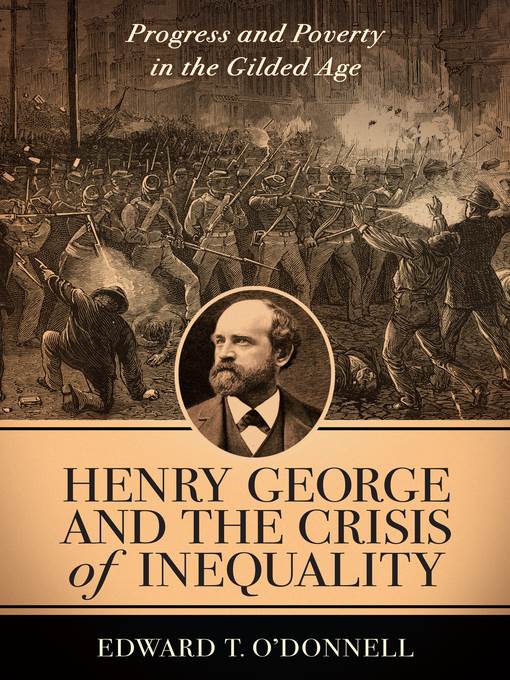
Henry George and the Crisis of Inequality
Progress and Poverty in the Gilded Age
فرمت کتاب
ebook
تاریخ انتشار
2015
شابک
9780231539265
کتاب های مرتبط
- اطلاعات
- نقد و بررسی
- دیدگاه کاربران
نقد و بررسی

April 20, 2015
Henry George is too little known today, but he wrote the 19th century’s bestselling book, Progress and Poverty, a work of political economy written for the general reader and still extremely relevant. George was also a moving force behind the formation of the New York City labor party that almost got him elected mayor. O’Donnell, an expert in Irish-American history at Holy Cross, brilliantly examines George through the lens of New York City and its Catholic politics of the 1870s and 1880s, while also explaining the stew of reform ideas and impulses of the day. George’s historic proposal for a “single tax” never went far, but it aroused the political hopes of workers everywhere in the U.S. A man of deep learning and compassion, George was the working person’s champion, and he constantly drew attention to the Gilded Age’s stark class divide, with its shame of urban tenements and dangerous working conditions. His principles were what O’Donnell accurately terms “radical republicanism”—a socialism shorn of Karl Marx that acknowledged capitalism’s dynamism as well as its deep faults. Scholarly to the core, the book is nevertheless easy going, and it has the potential to reawaken interest in old-style labor politics.

April 1, 2015
One of the most influential Americans you never heard of rides the crest of a labor uprising in Gilded Age New York City. Between 1877 and 1879, Henry George (1839-1897), a self-educated printer, wrote a lengthy book entitled Progress and Poverty, which became the bestselling book on political economy in the 19th century. George grappled with the question of why the century's explosion of productivity was not bringing widespread prosperity but instead a growing gap between rich and poor. The specifics of his theories are less important than his challenge to the prevailing social Darwinist orthodoxy that poverty was the fault of the poor, rights of ownership and contract were sacrosanct, and government should leave business to its own devices. George's contention that poverty was in large measure the result of misguided public policy and that government should regulate business in defense of traditional American values paved the way for the progressive movement of the next century. It also helped inspire a wave of labor union activism that saw George run for mayor of New York City in 1886 atop a workers' party. He bested a young Theodore Roosevelt but lost to the Tammany candidate. O'Donnell (History/Holy Cross; 1001 Things Everyone Should Know About Irish American History, 2006, etc.) ably illuminates the rise and collapse of local labor unions in the 1870s and '80s, fueled by the empowering arguments of George and a number of contemporaries. However, George focused intently on land monopoly, and O'Donnell never fully clarifies how his reforms were intended to work or why, apart from George's fiery pro-union rhetoric, urban workers found his program compelling. While one might expect the period's "crisis of inequality" to resonate with similar current concerns, the circumstances of the eras are so different that the author does not attempt to draw explicit links between the two. Nevertheless, this is a captivating portrait of the struggle between labor and capital during a formative period in the quest for workers' rights.

























دیدگاه کاربران